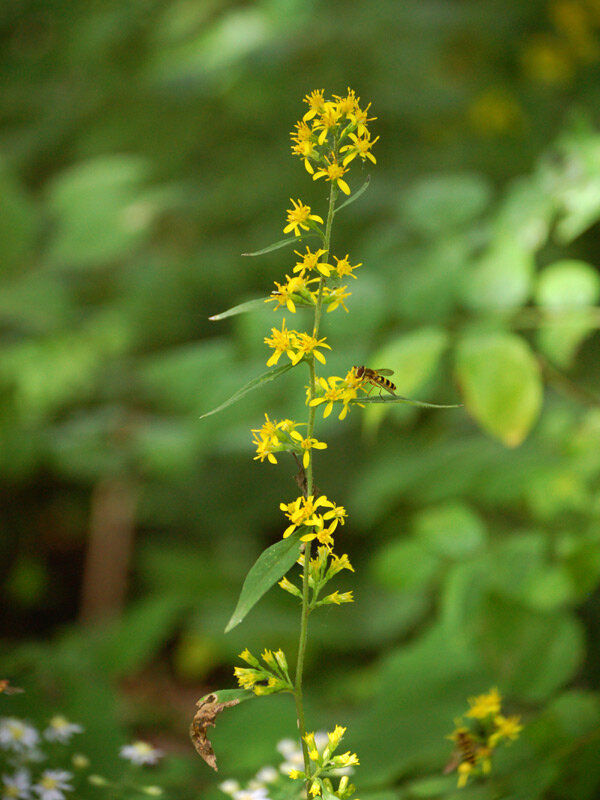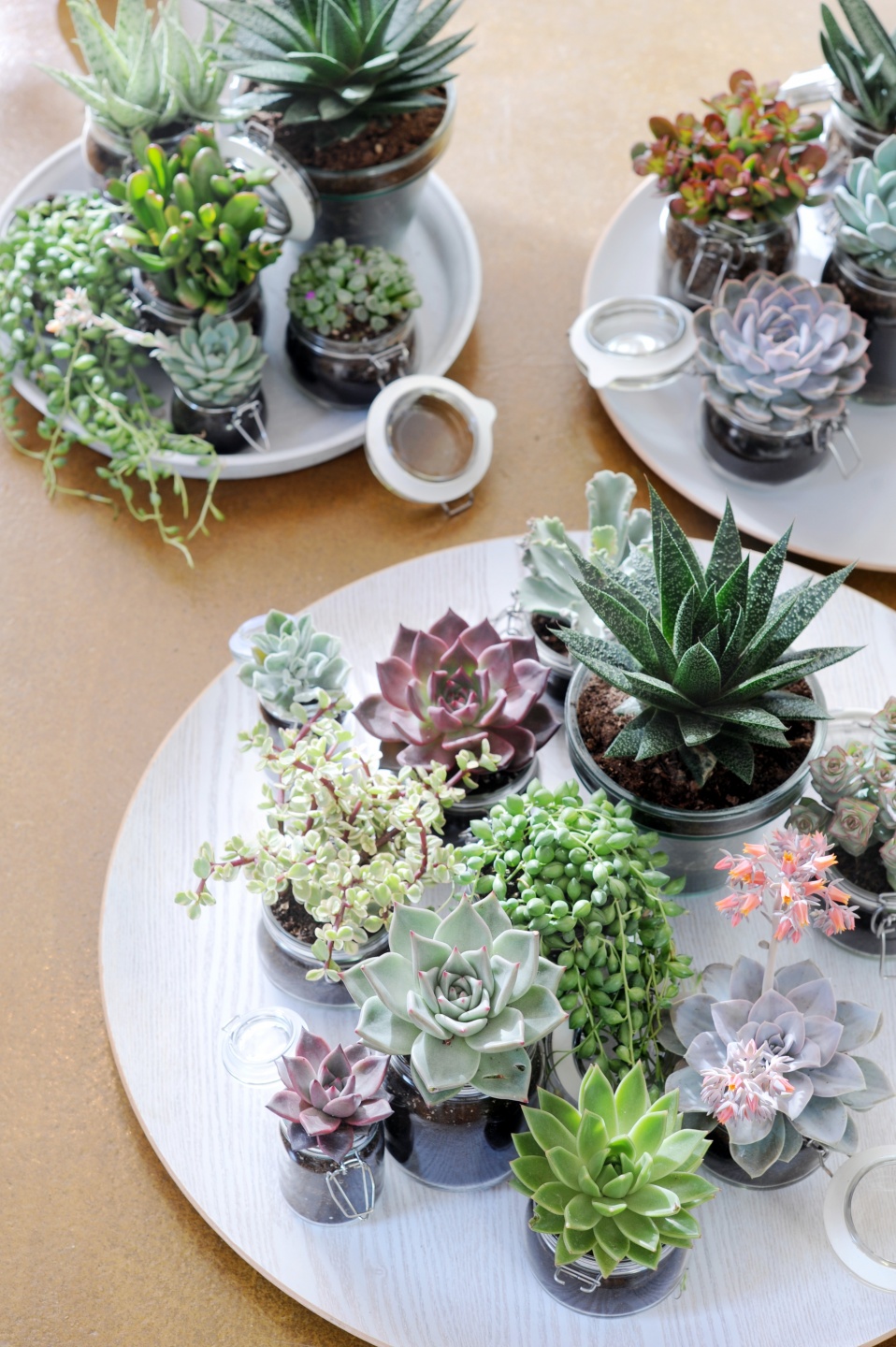
.jpg)
Their standard 1.25-inch papers are available unbleached, but just as easy to roll and satisfying to smoke. But for customers that prefer unbleached, Zig-Zag has you covered. If you love the tried-and-true white and orange packs, you can smoke them with confidence. “Unbleached” simply means the papers skip this step which means the paper has that natural hue of the fibers versus a classic white look. There is no “bleach” or chlorine used in the whitening process. Zig-Zag white papers use an oxygenation process that leaves no residue of any kind on the paper. While some have mistakenly claimed that “unbleached” means that white papers are made with household bleach or something like it, this is not the case. While there’s a lot of chatter in stoner circles about whether unbleached papers are safer, there’s really one main difference between the two: color. To bleach or not to bleach? Image courtesy of Zig-Zag.

Their famous white papers and classic orange packs are made from natural flax fibers. Zig-Zag usually blends wood pulp with other natural plant fibers for an easy roll and a slow, even burn. Fiber blendsĮach rolling paper material has its benefits and drawbacks, so sometimes the best choice is a blend. Because of their low profile, flax joints have less combustion, so you’re tasting less smoke and more of the good stuff. Flaxįlax paper is the best of all worlds: thin like rice, but easy to roll like wood pulp or hemp. They can be a little slippery, but they burn slow-and look really cool. Rice papers are tricky, but incredibly rewarding, because of their ultra-thin profile. Hemp is an ultra-sustainable crop, so it’s a great choice for the environment, too.įor a sustainable option, Zig-Zag’s hemp rolling papers are made with fibers from organic farms. They are a little trickier to work with than wood pulp, but they’re a great place to start branching out. Hemp papers are thin, sturdy, and easier to roll than other plant fibers, and the mild flavor won’t disrupt the natural taste of your cannabis. There’s something nice about rolling a hemp joint-you’re just adding more cannabis on top of the cannabis. While they’re the fastest, simplest way for a beginner to get a joint together, they burn fast and hot, though, so you can end up with a joint that smokes too quickly or unevenly. Traditional wood-pulp papers are a classic for a reason: They’re the easiest to roll and are incredibly sturdy. Once you know the basics, though, you’ll be discovering your joint-rolling talent in no time. It has also become a favourite of terrace gardeners.It all starts with your favorite strain and the perfect rolling paper-and while you probably have the cannabis covered, picking out a paper from all the options on the market can seem overwhelming. But the plant is making a comeback because of its ability to survive extremely dry months when other herbs that cure cough and joint pain are hard to come by. With changing lifestyle, food habit and increasing urbanisation, very few people are aware of narale’s health benefits. He would then mix the paste with water in 1:2 ratio and feed the concoction to the cattle to cure leptospirosis disease. He would boil its old stems along with pepper seeds, garlic, red chilies and a pinch of asafoetida, and grind them into a paste. My father had discovered another therapeutic property of narale. Clinical studies have also proven its role in repairing tendons and ligaments, relieving joint pain and inflammation, strengthening bones, promoting weight loss and preventing osteoporosis. This healing property of narale is well established in Ayurveda, where narale is referred to as asthisamharaka, or bone mender. They prepare a paste of old narale stems and turmeric and use it as a compress to heal fractures and joint pain. Elderly people in the communities believe narale chutney should be consumed at least once a year as it prevents cough and stomach infection and strengthens muscles and bones. The Soliga women of Gorasane village would often tell me different recipes and medicinal uses of narale. I was reminded of her words while working with the Soliga and Lingayat communities in the M M Hills. Till October, my mother would regularly collect its angular shoots and leaves for making chutney and serve it with an advice: the zigzagged stems can fight kidney stones. Narale ( Cissus quadrangularis) or devil’s backbone, as the succulent plant is known, remains dormant the whole year and starts regenerating soon after it receives the first shower of rain in June. I remember my mother eagerly waiting for the rainy season to begin and for the tender shoots and fresh leaves of narale to sneak out from the trees in our courtyard in a central Karnataka village.


 0 kommentar(er)
0 kommentar(er)
